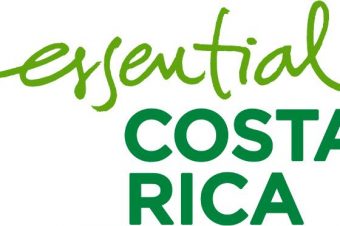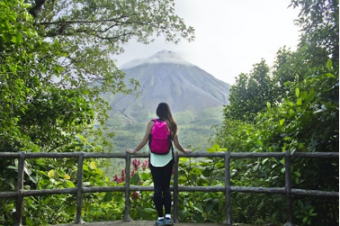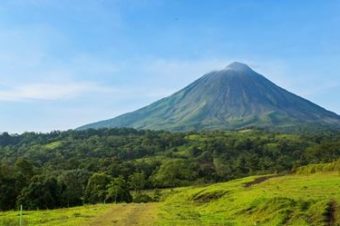Here are five reasons why a trip to Costa Rica should be on your bucket list – although there are many more!
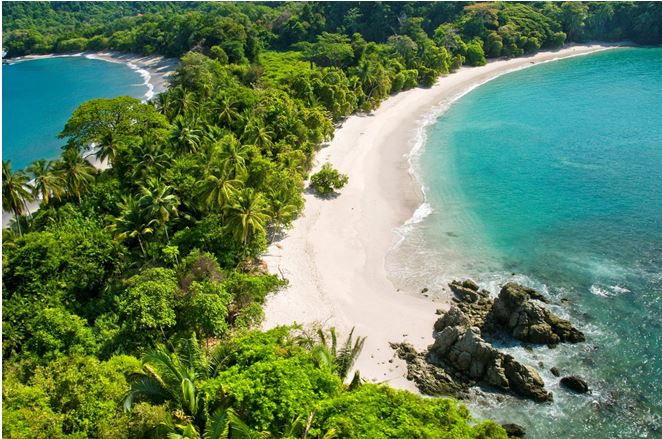
1. Biodiversity

When you think of Costa Rica, the first thing that automatically comes to mind is sloths, monkeys and toucans.
Costa Rica is home to 5% of the world’s biodiversity, making it a wildlife heaven. 3% of the world’s biodiversity can be found in the stunning Osa Peninsula, in the southwest of Costa Rica – an area which featured on BBC Blue Planet.
Those interested in seeing sloths, monkeys and the infamous red eyed tree frog should head to Manuel National Park, on the Pacific coast – one of the most stunning parks in the country, which is also home to paradisiac golden sand beaches.
From there, head down to Marino Ballena National Park, a whale tail shaped peninsula that happens to be the hot spot for watching. There are two whale seasons here: July until the middle of November and from mid-December to April.
Over on the other coast of the country, the Caribbean coast, visitors can see endangered Green turtles nest from June to October on the beaches of Tortuguero.
2. Diverse landscapes and plenty of adventure

Costa Rica is a relatively small country but it packs a lot in its 51,100 km² – each of its regions offers a different experience of climate, flora and fauna, culture and activities.
The Limón region, on the Caribbean coast, is heavily influenced by the Afro-Caribbean culture, which is very different from the rest of the country. You will notice the cultural influence when listening to locals speaking patois (broken English) and trying local cuisines such as rondón – a traditional spicy coconut soup made with coconut milk; sweet potatoes, yucca, plenty of chillies and the fresh catch of the day.
If you like heights, head up north to Arenal Volcano National Park and Monteverde Cloud Forest Reserve. Zip lining at Arenal is like no other as this activity offers amazing views of impressive Arenal Volcano and Lake Arenal, the country’s largest lake. There are 7 cables that go up to 200m (656ft) in height and 750m (2460ft) in length and speeds that go up to 70km/h (43.5mph) – do you dare?
After visiting Arenal, head down to Monteverde Cloud Forest to walk along the famous hanging canopy bridges. Make sure to see the abundant flora and fauna that exists underneath the clouds, such as hummingbirds and orchids.
Those looking to get wet (literally!) should head to the popular Pacuare and Sarapiquí rivers. Pacuare River is the country’s longest and most spectacular river for rafting (Class III-IV), which can be done from mid -May through mid- March. Some of Costa Rica’s most beautiful eco lodges are located around here – some of them can only be accessed by rafting…
Sarapiquí River is class II-III (ideal for beginners and families) and can be run out of San José or the Arenal area, from mid-May through to mid-March.
3. ‘Tico’ People

Costa Rica has pledged to be leaders in eco-tourism. 26% of the land is protected and the country has 28 national parks, 58 wildlife refuges and 32 protected zones.
The Costa Rica Tourism Board only works with companies and businesses that achieve the Certification for Sustainable Tourism (CST). Launched in 1997 and backed by the World Tourism Organisation (UNWTO), the CST categorises companies based on the degree to which they adhere to sustainable practices in their use of natural and cultural resources, improvement of the quality of life of neighbouring communities and economic success which contributes to other national development programmes.
What’s more, Costa Rica has just launched an unprecedented plan, called National Decarbonisation Plan, by which the country aims to achieve zero emissions by 2050. With this new initiative, the Central American country strengthens its global leadership in sustainability and fight against climate change.
4. Sustainability
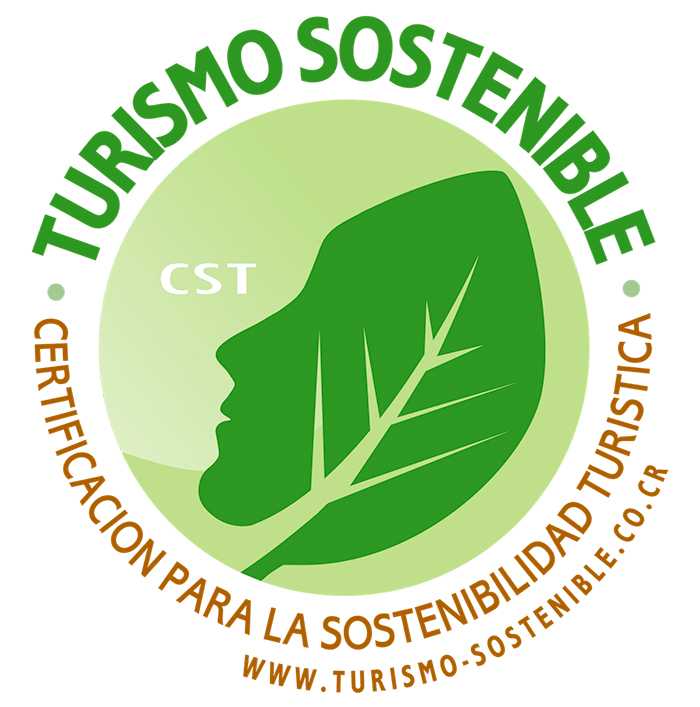
Costa Rica has pledged to be leaders in eco-tourism. 26% of the land is protected and the country has 28 national parks, 58 wildlife refuges, 32 protected zones.
The tourism board only promotes companies that are CST approved. CST aka Certification for Sustainable Tourism grants companies a seal of approval for demonstrating environmentally and socially sound practices. Helping motivate the tourism industry to develop environmentally sound products, in return for their efforts the tourism boards promotes these eco properties and companies in all communication.
What’s more is Costa Rica has just launched an unprecedented plan by which the country aims to achieve zero emissions by 2050. With this new initiative, the Central American country strengthens its global leadership in sustainability and fight against climate change.
#5 Safety
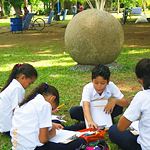
Costa Rica is considered one of the safest countries in Latin America. In 1948 the country abolished its army with the thought of “if you want peace, you can’t invest in violence”. Instead, the money has since invested in education, healthcare and other public services. Still with no army, Costa Rica is seen as an example of a peaceful country by the United Nations, who have headquarters in San José, the country’s up-and-coming capital city.
